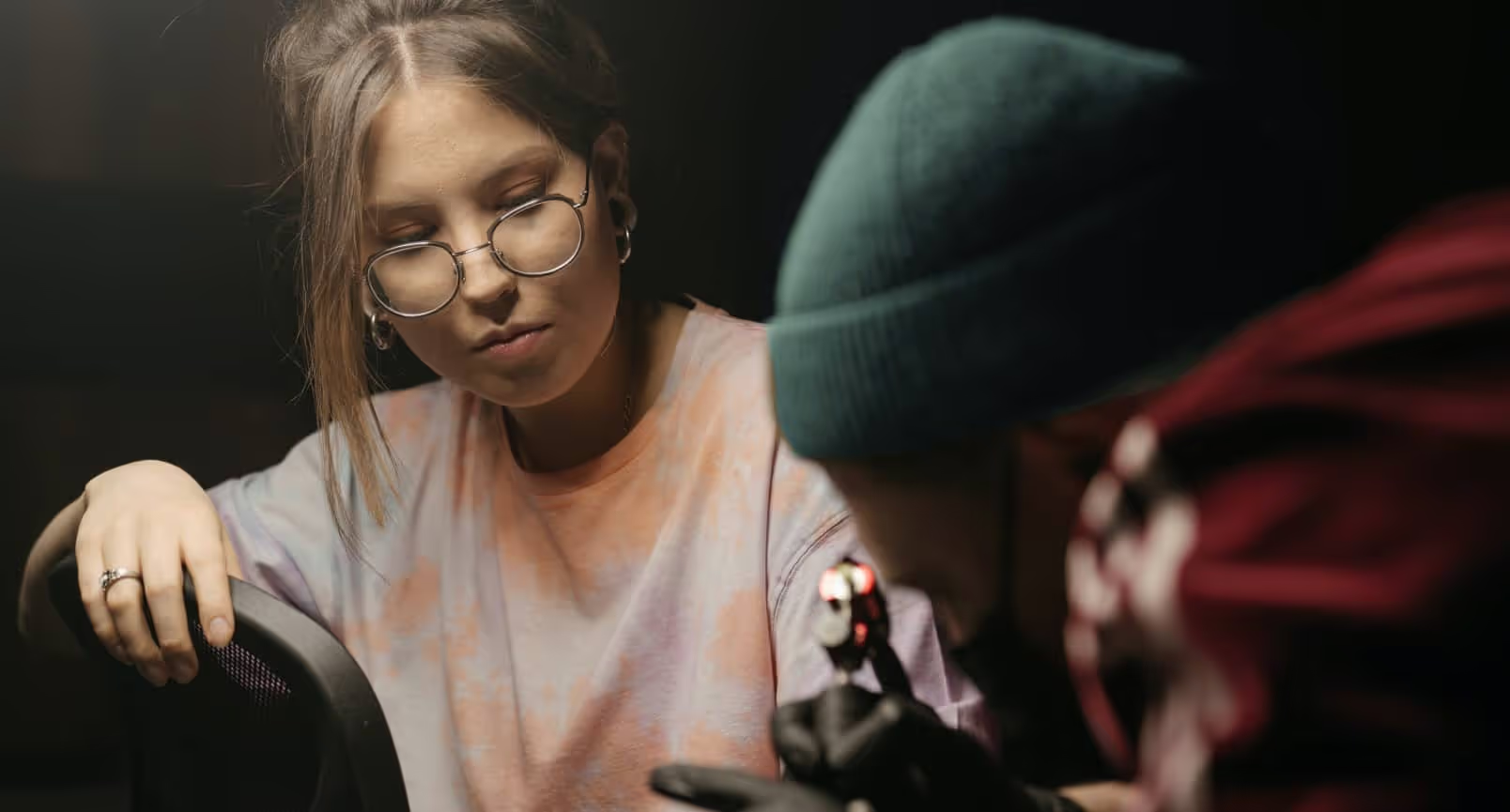.png)

most popular areas for a tattoo
Lorem ipsum dolor sit amet, consectetur adipiscing elit lobortis arcu enim urna adipiscing praesent velit viverra sit semper lorem eu cursus vel hendrerit elementum morbi curabitur etiam nibh justo, lorem aliquet donec sed sit mi dignissim at ante massa mattis.
- Neque sodales ut etiam sit amet nisl purus non tellus orci ac auctor
- Adipiscing elit ut aliquam purus sit amet viverra suspendisse potent
- Mauris commodo quis imperdiet massa tincidunt nunc pulvinar
- Excepteur sint occaecat cupidatat non proident sunt in culpa qui officia
what to know before getting tattooed
Vitae congue eu consequat ac felis placerat vestibulum lectus mauris ultrices cursus sit amet dictum sit amet justo donec enim diam porttitor lacus luctus accumsan tortor posuere praesent tristique magna sit amet purus gravida quis blandit turpis.

sensitivity is different on each skin
At risus viverra adipiscing at in tellus integer feugiat nisl pretium fusce id velit ut tortor sagittis orci a scelerisque purus semper eget at lectus urna duis convallis. porta nibh venenatis cras sed felis eget neque laoreet suspendisse interdum consectetur libero id faucibus nisl donec pretium vulputate sapien nec sagittis aliquam nunc lobortis mattis aliquam faucibus purus in.
- Neque sodales ut etiam sit amet nisl purus non tellus orci ac auctor
- Adipiscing elit ut aliquam purus sit amet viverra suspendisse potenti
- Mauris commodo quis imperdiet massa tincidunt nunc pulvinar
- Adipiscing elit ut aliquam purus sit amet viverra suspendisse potenti
prevent allergies and request natural ink
Nisi quis eleifend quam adipiscing vitae aliquet bibendum enim facilisis gravida neque. Velit euismod in pellentesque massa placerat volutpat lacus laoreet non curabitur gravida odio aenean sed adipiscing diam donec adipiscing tristique risus. amet est placerat in egestas erat imperdiet sed euismod nisi.
“Nisi quis eleifend quam adipiscing vitae aliquet bibendum enim facilisis gravida neque velit euismod in pellentesque”
proper cleaning is important
Eget lorem dolor sed viverra ipsum nunc aliquet bibendum felis donec et odio pellentesque diam volutpat commodo sed egestas aliquam sem fringilla ut morbi tincidunt augue interdum velit euismod eu tincidunt tortor aliquam nulla facilisi aenean sed adipiscing diam donec adipiscing ut lectus arcu bibendum at varius vel pharetra nibh venenatis cras sed felis eget.
proper cleaning is important
While many clients trying to get Tattoos in Cairo and Tattoos in Amman have had many questions about this subject and many lies have been spread so here at Riders Studios Tattoos we have decided to give you this valuable information online for your free use...
1. Technique & Tools
Tattooing
- Utilizes a machine (tattoo gun) that rapidly injects ink into the skin with needles.
- Adaptable for a vast array of designs, including letters, images, shading, and intricate artwork.
Microblading
- A manual technique using a handheld tool with a blade of ultra-fine needles.
- Mimics individual hair strokes in brows, creating a soft, feathered appearance.
2. Depth of Pigment Placement
Tattooing
- Pigment is inserted deep into the dermis, the inner layer beneath the skin’s surface.
- This depth explains why tattoos generally last a lifetime—pigment molecules are embedded too deeply for the body to remove naturally.
Microblading
- Pigment is placed in the upper layer of the dermis, just below the epidermis.
- Though shallower than tattooing, it’s still a permanent implantation below the skin's surface.
3. Results & Longevity
Tattooing
- Considered permanent: the artwork can remain visible for decades, with some fading or blurring over time.
- Removal requires professional laser treatment or, in some cases, surgical excision.
Microblading
- Also permanent, but fades more quickly. Results typically look defined for 1 to 3 years, yet residual pigment often persists much longer.
- Removal is often challenging, as ghost lines and color shifts can linger.
Note: "Semi-permanent" is primarily a marketing term; most microbladed pigments remain in the skin for years, making full removal difficult.
4. Ink and Pigment Used
Tattooing
- Employs traditional inks created for durability and stability within the dermis.
Microblading
- Uses specialized brow pigments with finer particles and softer color blends, intended to fade naturally.
- However, these pigments do not fully disappear with natural skin turnover, especially after repeated applications.
The Truth About Permanence
Both microblading and tattooing are types of permanent makeup because pigment is implanted beneath the surface of the skin. Claims that microblading is not permanent are misleading—over time, pigment can blur, change color, or leave residual markings, similarly to traditional tattoos.
The Risks of "Semi-Permanent" Inks
Unregulated & Untested Products
- Many “semi-permanent” inks lack thorough long-term safety testing.
- There is limited scientific understanding of how these molecules interact with human skin or respond to laser removal.
Unknown Ingredients
- Manufacturers may include new dyes or undisclosed additives, raising risks of allergic reactions, granulomas, or other adverse effects.
Myths About Removal
- "Semi-permanent" does not ensure complete fading.
- Pigments may leave behind stubborn discoloration or react unpredictably to removal attempts, sometimes becoming darker or more persistent.
Conclusion
While both microblading and tattooing involve inserting pigment into the skin, their techniques, results, and risks differ considerably. Both should be considered permanent procedures requiring careful research and expert execution. Be skeptical of “semi-permanent” claims—your long-term results and safety depend on making fully informed choices.


.avif)
.png)
.png)
.png)